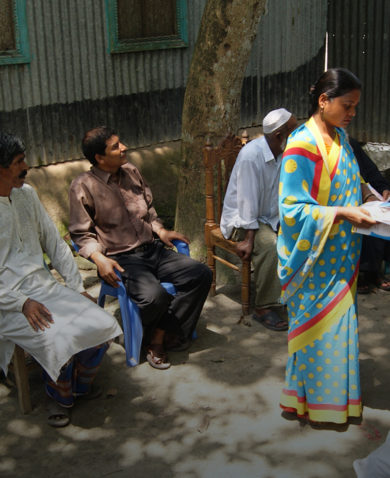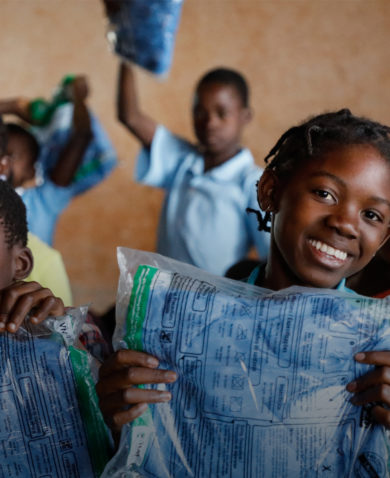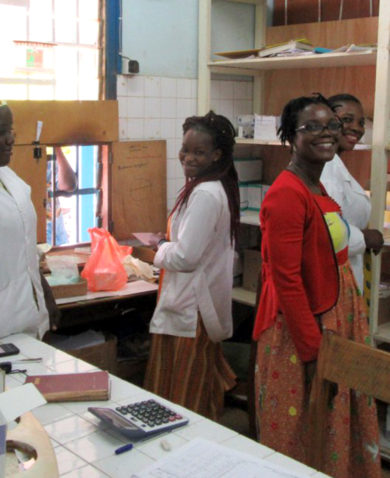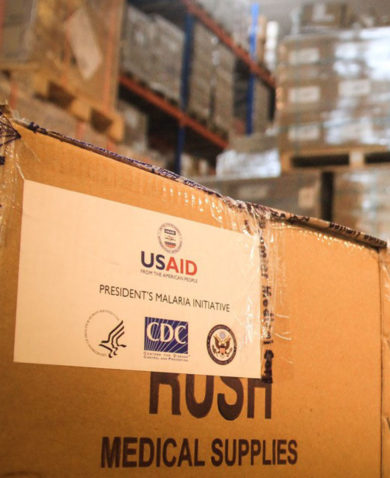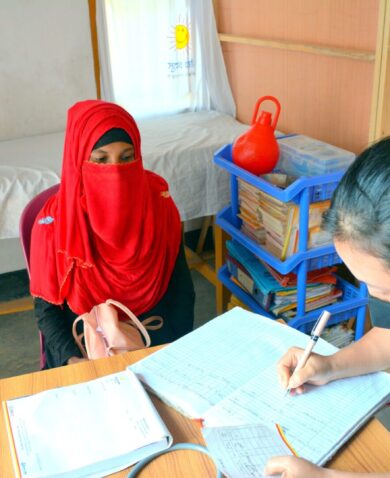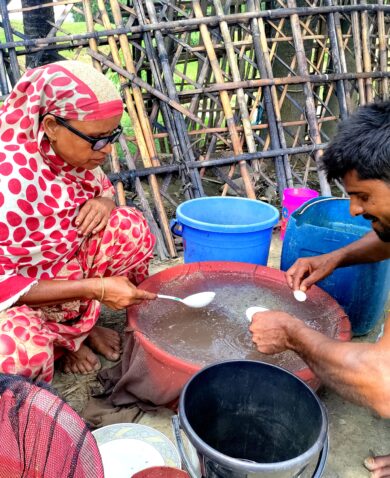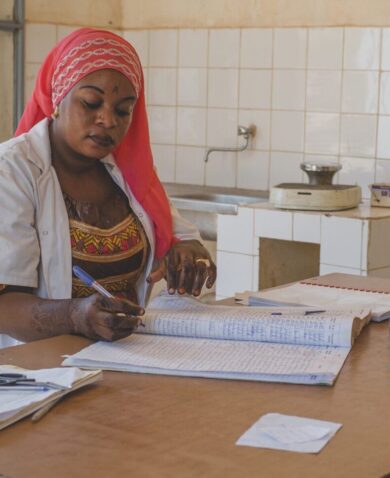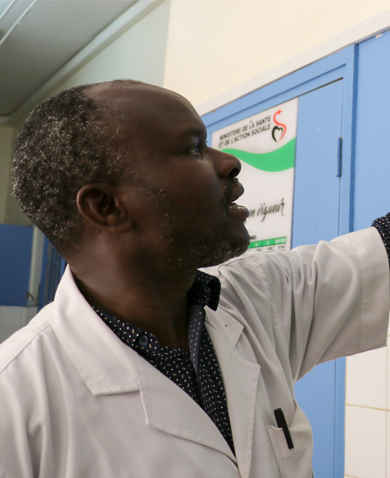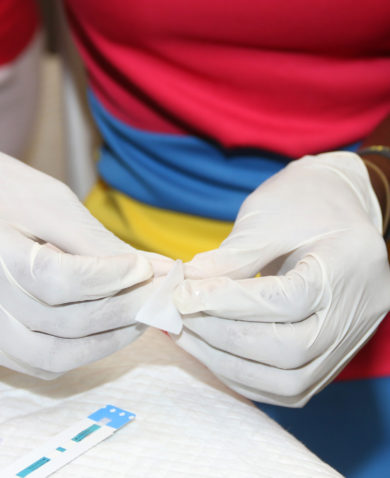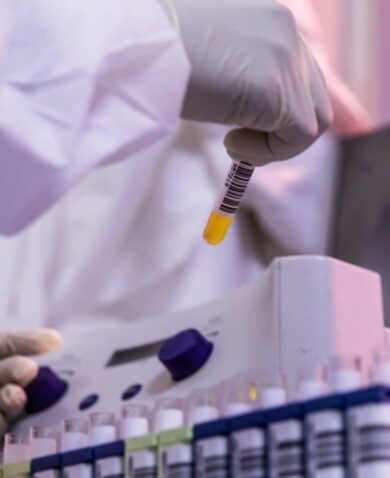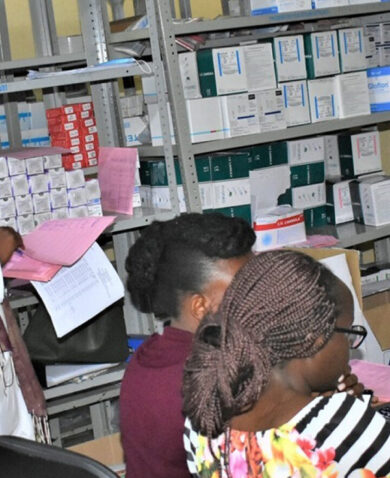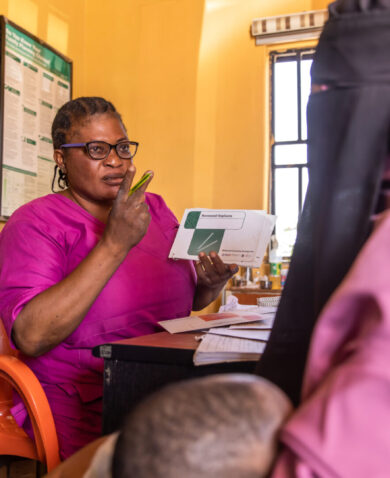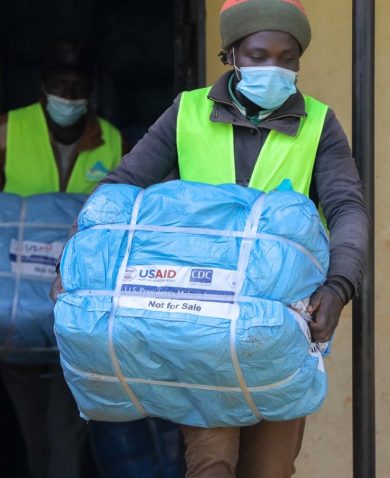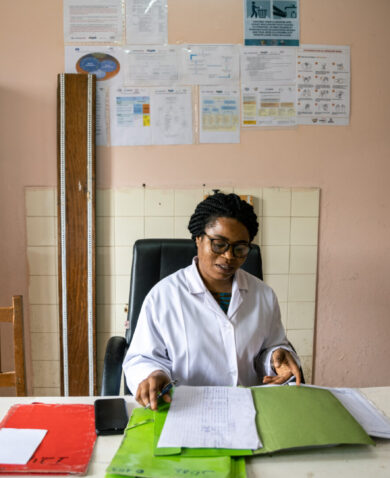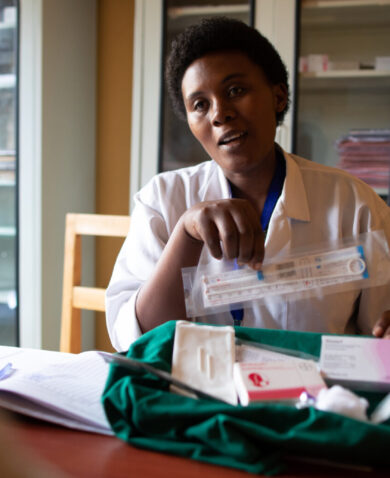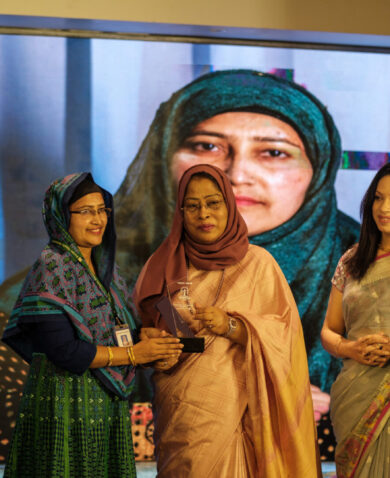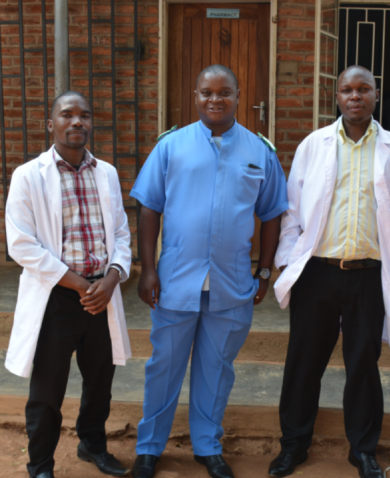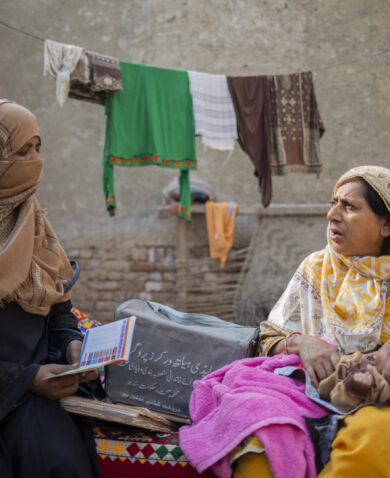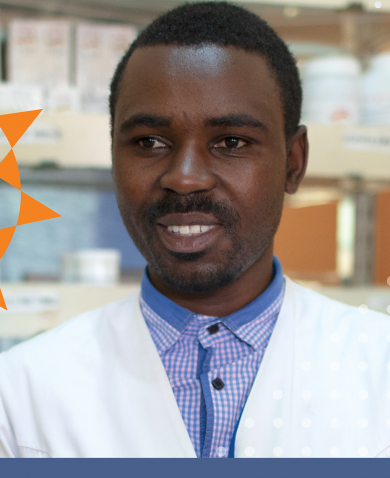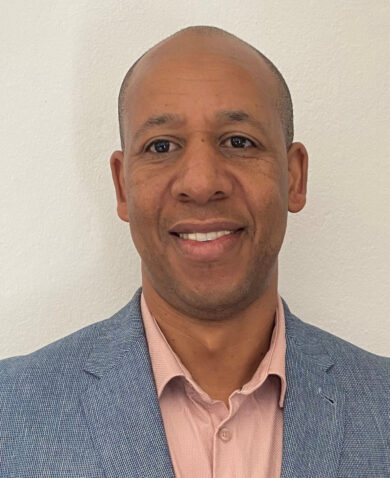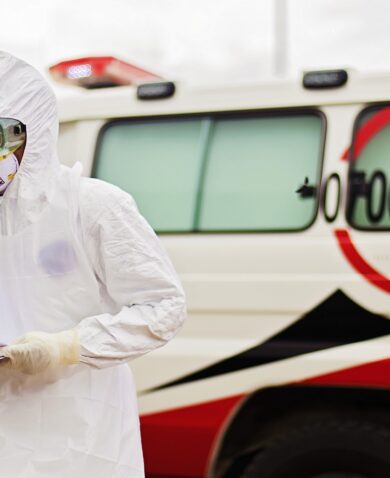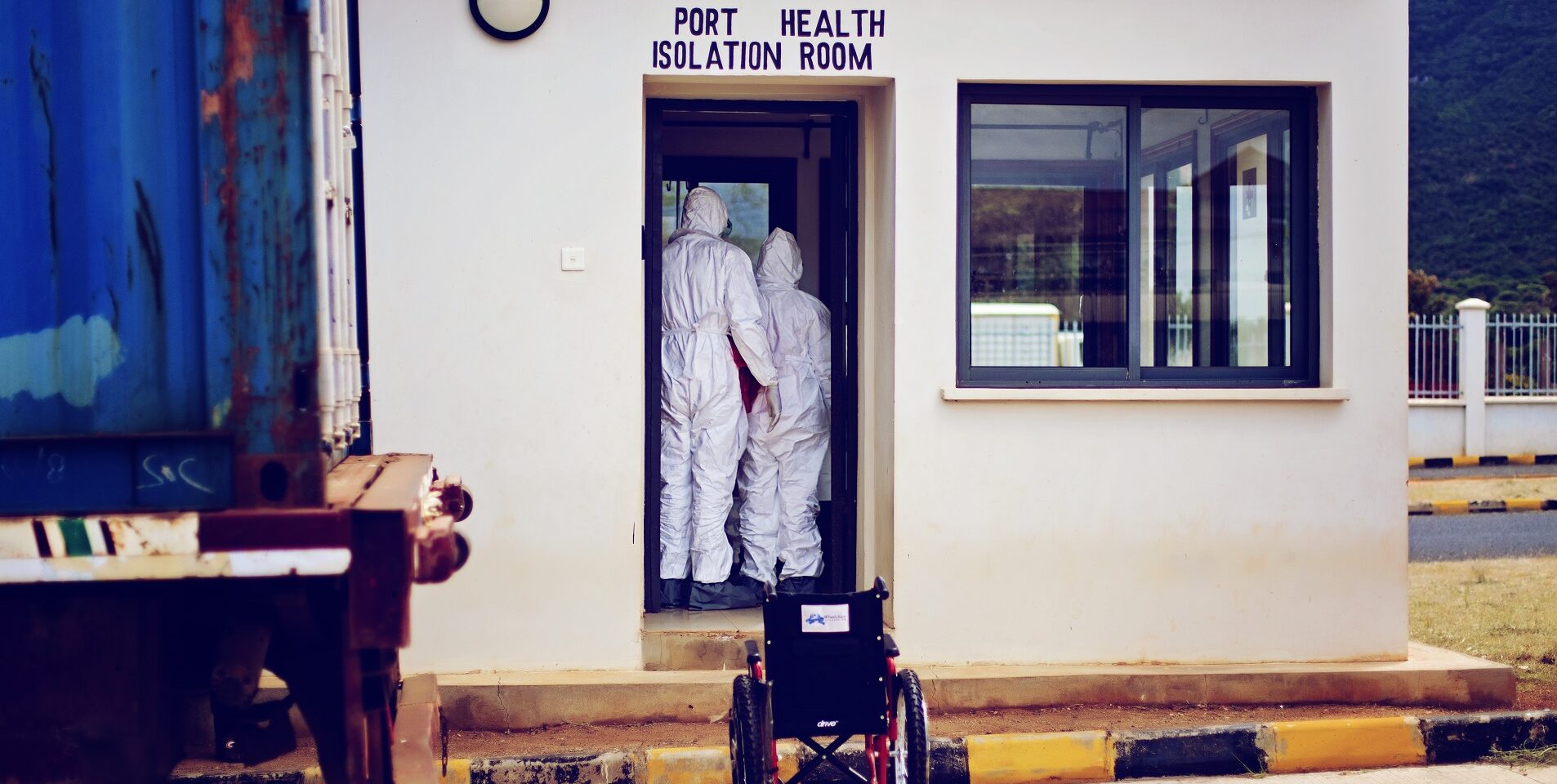
Beyond PPE: Protecting the Health Workforce during Crises
August 19, 2020 | 4 Minute ReadAs the COVID-19 pandemic rages on, there has been much in the news about providing personal protective equipment (PPE) to individuals and acknowledgment of hospitals being at capacity, but far less discussion on other critical ways to support and further protect the health workforce.

It has been more than five months since the World Health Organization (WHO) declared COVID-19 a pandemic, and it continues to ravage communities, countries, and health systems with no end in sight. Health workers on the front lines are physically exhausted, emotionally drained, completely under resourced, and in desperate need of sustained support.
While this pandemic is unprecedented, experiences from previous health emergencies like the Ebola outbreak in West Africa, coupled with existing knowledge of how to cultivate resilient health systems, point to three key areas for supporting the health workforce that we should emphasize: provision of timely and accurate information; timely and appropriate remuneration; and mental health services.
There’s no such thing as too much information.
Often, information about the health workforce is under-emphasized or simply not considered in emergency response. During the West Africa Ebola outbreak in 2014, health system leaders did not have the data necessary to lead and manage a coordinated response, requiring health workers to tackle the virus head on while lacking critical training and resources. We rapidly saw the consequences in Guinea, Liberia, and Sierra Leone, where at least 815 health workers were infected in the first 15 months of the epidemic, with two-thirds of them succumbing to the disease. In Sierra Leone alone, 221 health workers died — 21 percent of the country’s entire health workforce at the time.
Lacking information on the health workforce, leaders in these countries were unable to make strategic decisions early on. This resulted in an unprotected, overburdened, and demotivated health workforce long before the crisis had passed. Recognizing this, the countries spent precious time and resources to develop strong human resources information systems even as the crisis was ongoing.
Investments in human resources information systems are needed before a crisis starts, because the return on these investments equates to more effective emergency response. Knowing who health workers are (all health workers — community health workers, nurses, midwives, doctors, supply chain workers, and others), where they are located, and what their competencies are is key to understanding an organization’s capabilities and gaps. Using this information in conjunction with case data on the health emergency allows for quick action to occur, including rapid recruitment of additional health workers, planning for emergency training, allocation of infection prevention control supplies, and even ensuring timely payment of hazard pay.
When we say “invest in health workers,” we mean “pay them!”
Even without a crisis present, health workers in low-income countries often go months at a time without receiving pay. Supporting health workers means ensuring that they are paid on time, even during economic disruptions caused by health emergencies. Short-term and targeted financial packages can be used to both recognize the risks these workers face and to incentivize an emergency response and maintenance of critical routine services. These benefits might include hazard pay, housing allowances to allow workers to isolate from their families, extended paid sick leave should they fall ill, and life insurance or funeral benefits. The World Bank, first in West Africa and later in the Democratic Republic of the Congo, supported country efforts to provide workers on the frontlines of the Ebola response with hazard pay and death benefits.
COVID-19 response plans need to account for a comprehensive remuneration package for health workers. In response to health worker strikes across Malawi at the onset of the COVID-19 crisis, the Ministry of Health prioritized enhancing incentives for health workers by providing a 20- to 30-fold increase in risk allowance during the duration of the pandemic.
Remuneration plans also signal to the workforce that the country recognizes their importance to response and recovery efforts and that their compensation is a priority. Health workers in France got this message when the country boosted its salaries in July, with the prime minister noting that it was “first and foremost a considerable recognition of those who have been on the front line.”
Protecting health workers includes supporting their mental health.
Health workers’ mental health is being affected by a myriad of daily stressors in the COVID-19 work environment: fear of infection due to PPE shortages, fear of bringing the disease home to their families, exhaustion from working too many hours, and, for some, the inability to deliver the quality patient care they provided pre-pandemic. The WHO noted months ago that frontline workers were at particular risk for depression and anxiety. Yet, as is often the case, mental health support is not high on the priority list of most health worker supervisors, sometimes because of stigma. This issue should be addressed immediately to prioritize the well-being of today’s health workforce and ensure that these workers will remain part of the health system after the crisis has passed.

An exciting innovation on this front comes from Brazil, where the coronavirus has hit the health workforce (and in particular the nursing profession) extremely hard. Vitalk, a chatbot designed to address the large mental health treatment gap that exists in Brazil, is being used by those working in the public health care system. Created before the pandemic hit, it was quickly adapted with content to support health care workers to manage anxiety and guilt. All content is written by a highly trained clinical team and includes audio exercises and an option to converse via chat with a licensed psychologist that is a fifth of the price of traditional therapy in Brazil. In June, Vitalk’s creator, TNH Health, received the Health Workforce Resilience Prize for this innovation from the USAID Human Resources for Health in 2030 (HRH2030) program.
No health without health workers.
Outbreaks, epidemics, pandemics, and other crisis situations put stress on the already overburdened and under-supported health workforce and can lead to a complete breakdown of health systems, even in the most well-resourced countries. We cannot ignore the simple fact: there is no health without the health workforce. As we continue to ask our frontline workers to put their own health and the health of their families at risk while serving their communities, let’s remember this critical lesson: information, investment, and mental health are key to appropriately supporting the health workforce. Emphasizing these three aspects before, during, and even after large-scale health emergencies can enhance the resiliency of health systems and improve their response in times of crisis.
*Banner image caption: Emergency drill training at the border of Tanzania and Kenya. Photo credit: Chemonics/Light in Captivity
Posts on the blog represent the views of the authors and do not necessarily represent the views of Chemonics.


